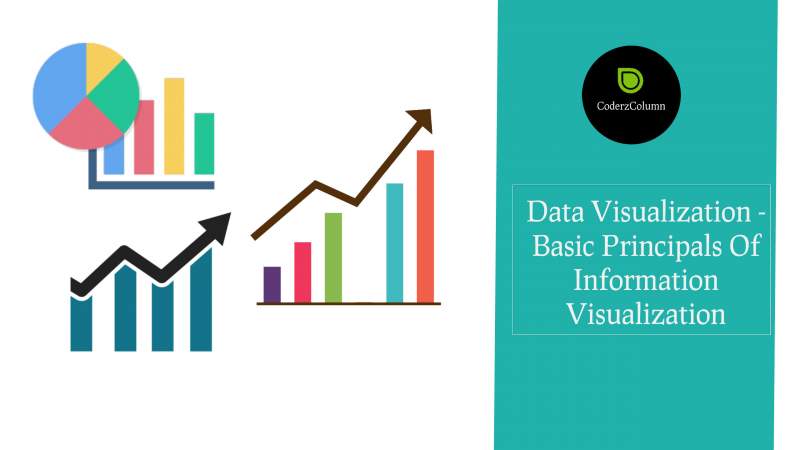Effective data visualization is crucial for presenting data in a clear, concise, and meaningful way. It helps users understand patterns, trends, and insights hidden within the data. Here are some key principles to consider when creating effective data visualizations:
- Purpose and Audience:
Clearly define the purpose of your data visualization and consider the target audience. Understand the specific questions or messages you want to convey through the visualization and tailor it accordingly. Consider the audience’s level of expertise and their background knowledge to ensure the visualization is accessible and relevant to them. - Simplification:
Simplify complex data by focusing on the most important elements and removing unnecessary details. Avoid cluttering the visualization with excessive data points, labels, or visuals that can confuse or overwhelm the viewer. Strive for simplicity and clarity to enable easy comprehension of the information presented. - Visual Hierarchy:
Establish a clear visual hierarchy to guide the viewer’s attention and emphasize the most critical aspects of the data. Use visual cues such as size, color, position, and typography to differentiate between elements and highlight important data points. Ensure that the hierarchy aligns with the intended message and supports the understanding of the data. - Data Accuracy and Integrity:
Maintain data accuracy and integrity throughout the visualization process. Verify the quality and reliability of the underlying data, and ensure that any transformations or aggregations accurately represent the original information. Provide context, data sources, and any necessary disclaimers to build trust and credibility in the visualization. - Appropriate Chart Types:
Choose the most suitable chart types that effectively represent the data and support the intended message. Different chart types have different strengths and are suitable for different types of data, such as bar charts for comparisons, line charts for trends, scatter plots for correlations, etc. Selecting the appropriate chart type enhances comprehension and facilitates accurate interpretation of the data. - Use of Color:
Utilize color purposefully and thoughtfully to convey meaning and enhance understanding. Select a color palette that is visually appealing, accessible, and suitable for the data being presented. Use color to differentiate categories, highlight important information, or represent numerical variations. Ensure that the chosen colors do not create confusion or misinterpretation. - Clear Labels and Titles:
Include clear and descriptive labels, titles, and captions to provide context and enable easy interpretation of the visualization. Labels should be concise, direct, and positioned appropriately to avoid ambiguity. Use titles and captions to summarize the main message or insight derived from the data. - Context and Annotations:
Provide contextual information and annotations to help users understand the data visualization. Add relevant axis labels, units of measurement, legends, and scales to provide a clear reference for interpreting the data. Use annotations, callouts, or explanatory text to highlight important data points, provide additional insights, or explain any unusual patterns or outliers. - Interactivity and Exploration:
Consider incorporating interactive elements in the visualization to allow users to explore the data further. Interactive features such as tooltips, zooming, filtering, or drill-down capabilities enable users to interact with the visualization, gain deeper insights, and customize the view according to their needs. However, ensure that interactivity enhances the understanding of the data and does not distract or confuse the viewer. - Testing and Iteration:
Iterate and test your data visualization design to ensure its effectiveness. Seek feedback from potential users or stakeholders and make necessary improvements based on their input. Test the visualization with representative users to validate its clarity, usability, and ability to convey the intended message. Continuous refinement based on feedback and user testing improves the overall effectiveness of the data visualization.
By following these principles, you can create data visualizations that effectively communicate insights, engage the audience, and facilitate data-driven decision-making.
SHARE
